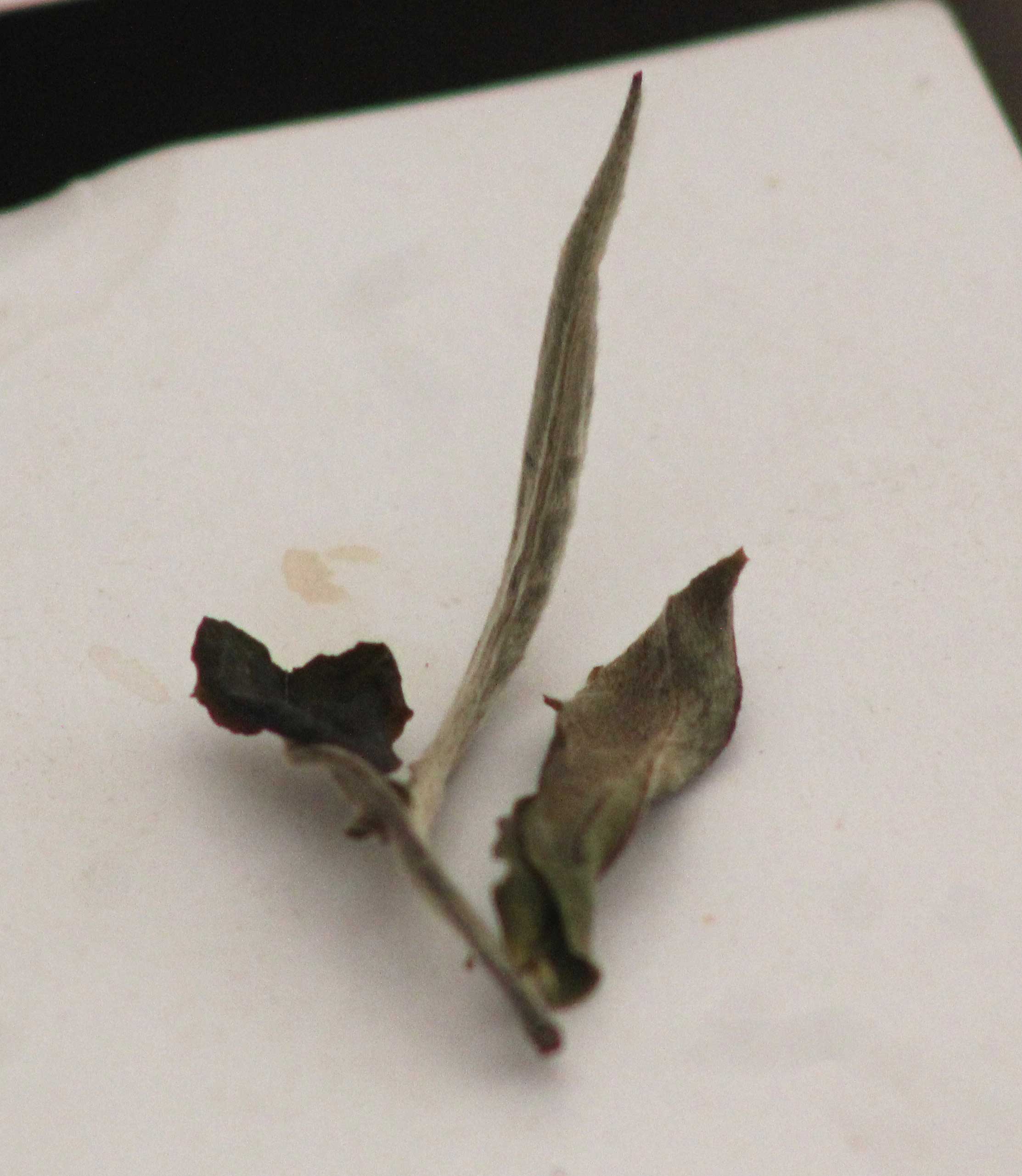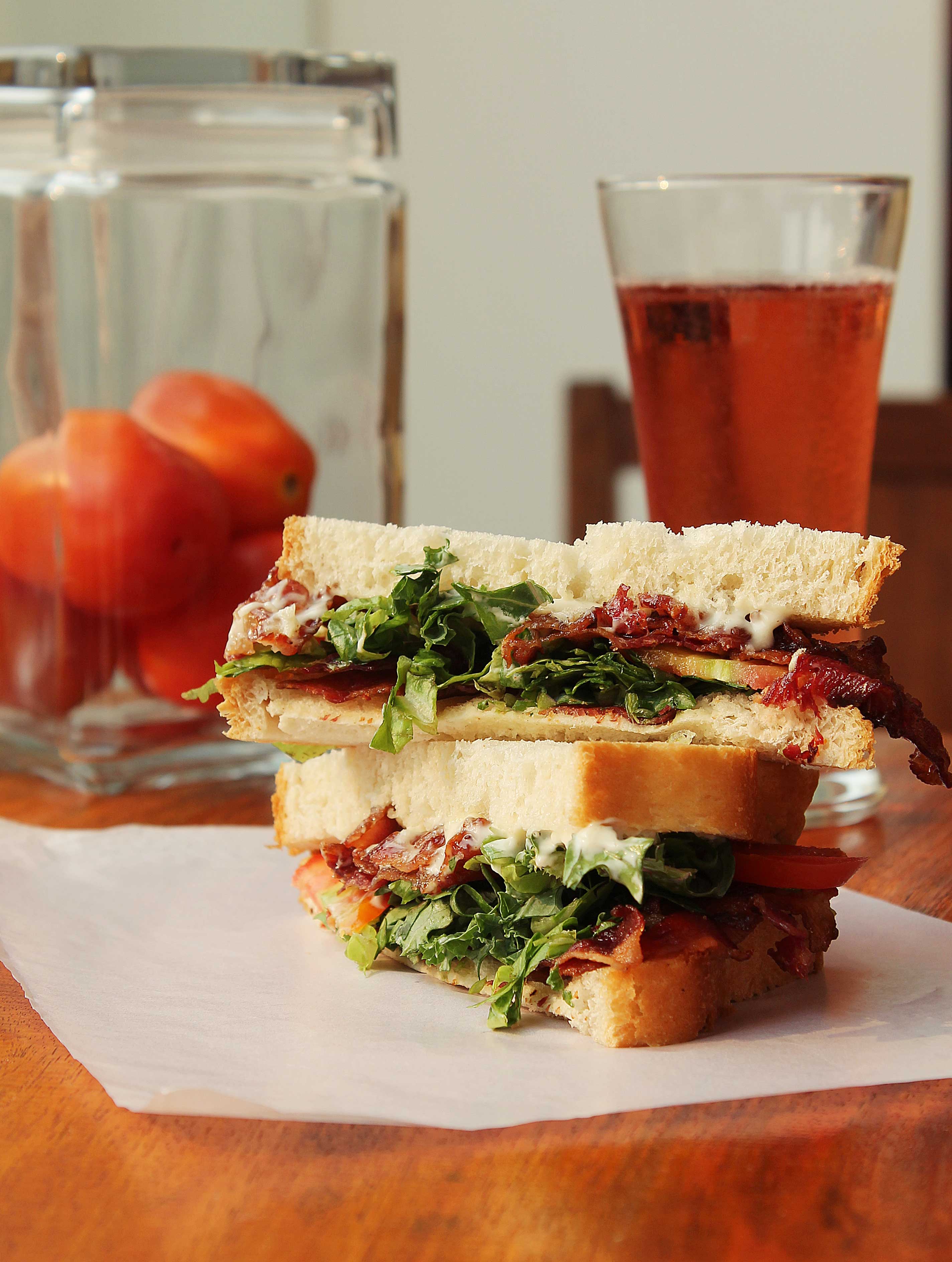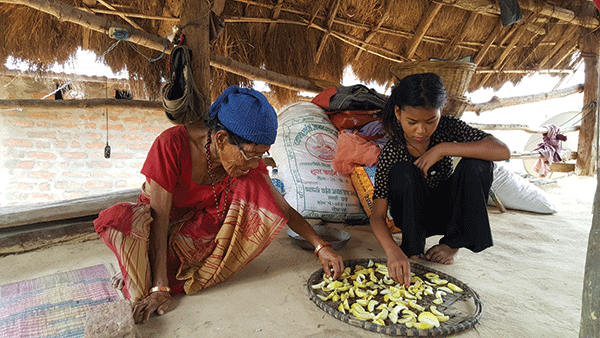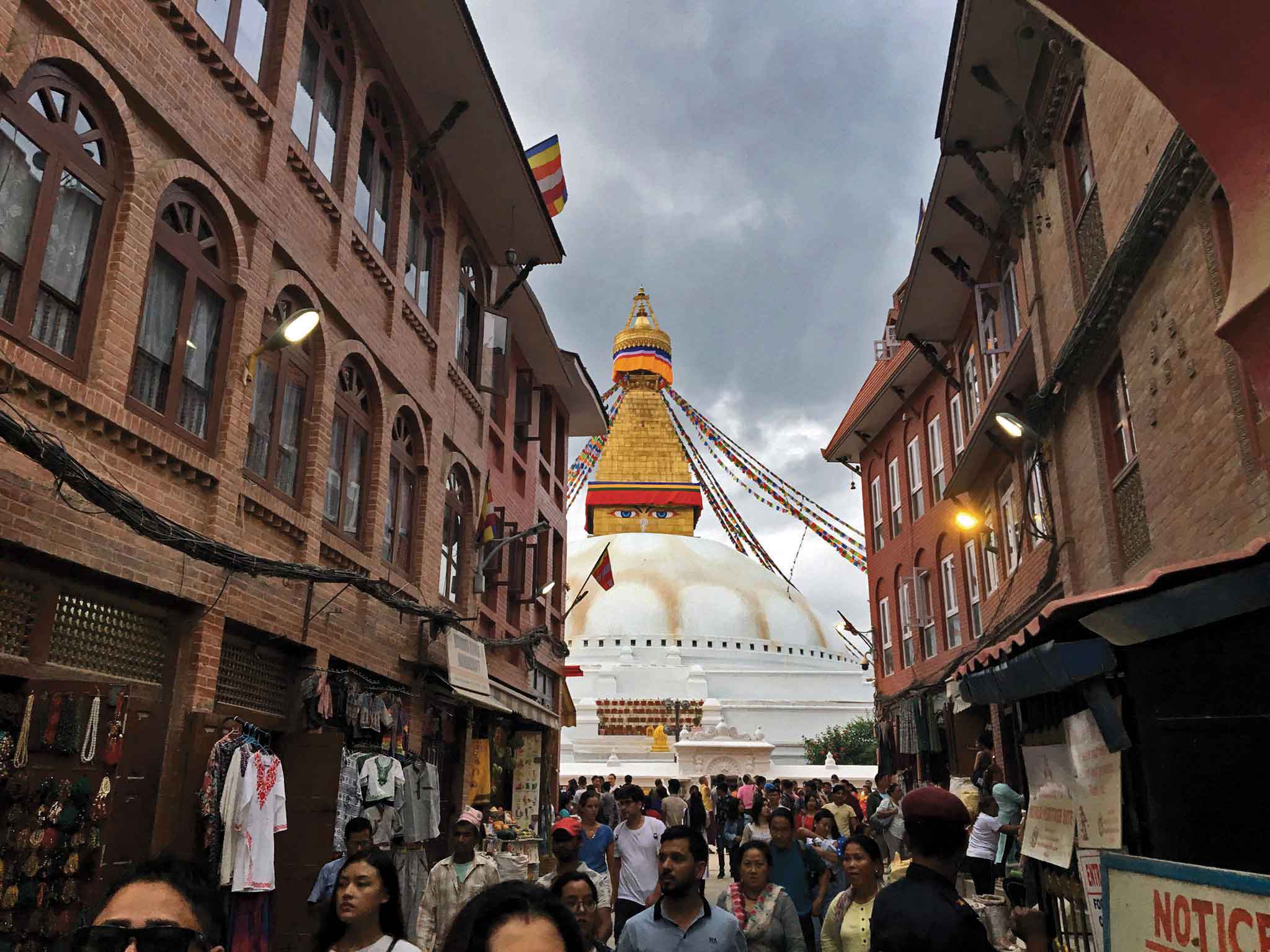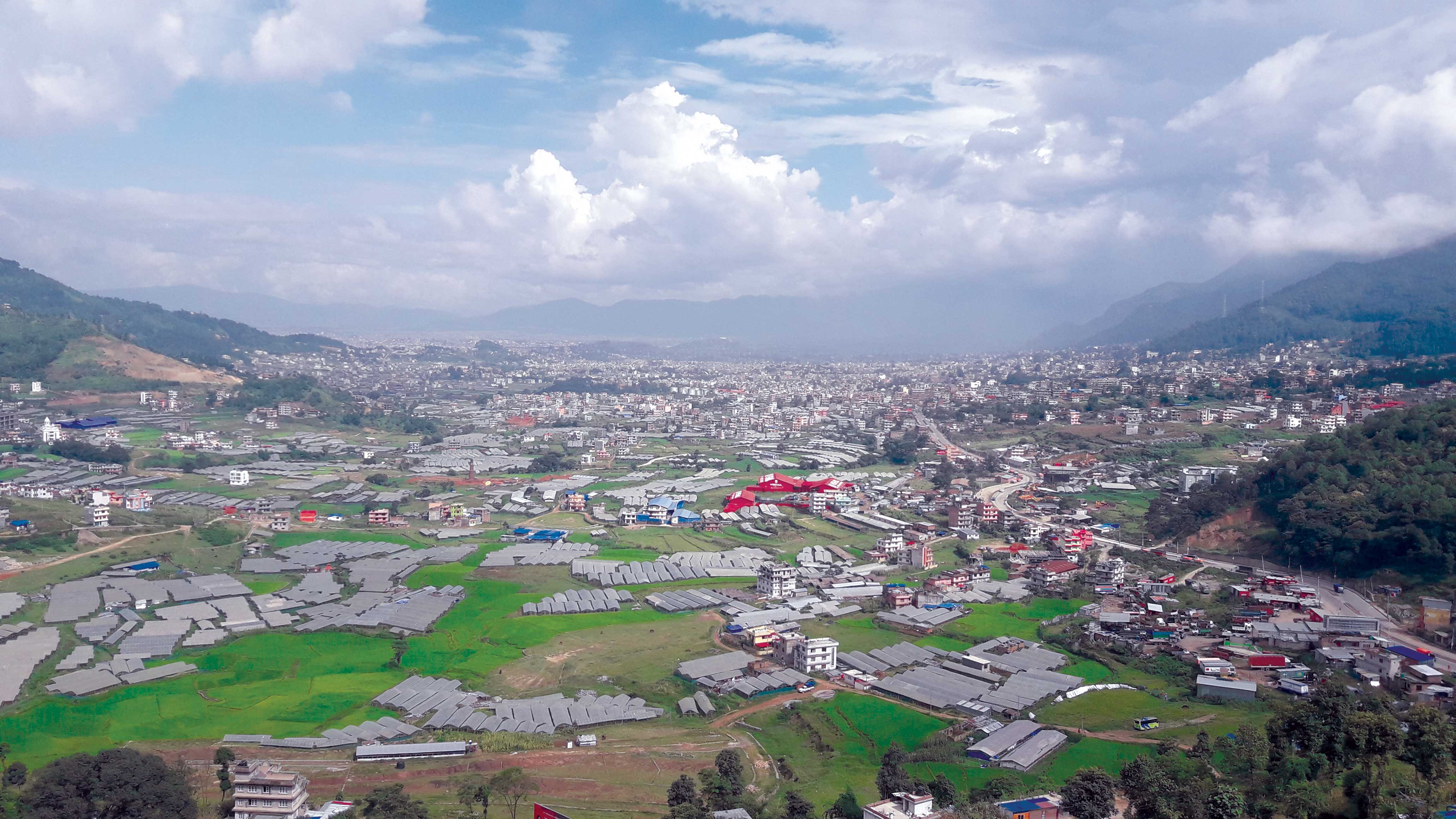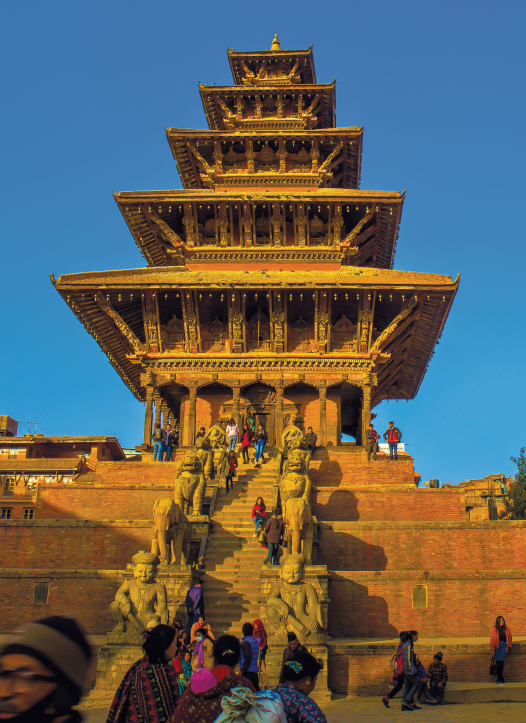It is a cold winter morning as Gunna Maharjan, bundled up in warm clothes, arrives at the courtyard of Tadan Nani in Khapinchhen, a locality within a five minute walk from Patan’s Mangal Bazaar. He is met by a dozen or so men whose respectful greetings are as warm as the clothes they are wearing. It is a typical Newari courtyard, hemmed in on all sides by distinctive Malla period houses with their characteristic latticed wooden windows and lowel doors.
Gunna Maharjan is 83 years old. He is the Thakali (or eldest) of the Khapinchhen Degupuja Guthi in Patan. This guthi consists of 45 members called guthiars, all of the same family descent and are of the Jyapu clan (also called Maharjans). These guthiars are the heads of their respective families. The Thakali himself is a sprightly old man and it so happens that after his first wife’s demise he married a wife much younger than himself and now has a daughter who is just eight years old. Doubtless, the Jyapus are a hardy lot – after all they have been tillers of the fields for many centuries and all that physical labor surely must contribute to good health and enhanced fertility.
Every year in November-December, the guthi has a four-day festival to celebrate Yomari Punhi ko Din. The first day is devoted to preparation of the feasts that will be held on the following three days. Accordingly, it is a very busy day, interspersed with much entertainment and idle chitchat, a good time to catch up on what’s been happening amongst themselves and within their society. And, of course, the four-day event is the time to partake of those sumptuous feasts that Newari culture is so famous for.
As Thakali, Gunna Maharjan is responsible for the delegation of duties as well as for making sure that guthi rules are followed and tradition is maintained. The first thing he does is to assign a guthiar to ensure collection of dues from the members and to keep track of all the expenses incurred during this particular function. Some guthiars have already been assigned the responsibility to go to the market to purchase foodstuff needed for the four-day event. Soon enough, these guthiars arrive, pulling bicycles laden with large bulging plastic bags. Other members now get down to the serious business, the preparation of dishes unique to the Newari culture.
Some make garlic and ginger paste (an essential mixture for many of the dishes) while others begin the process of making one of the more exotic fares, especially takhaa, especially suited for cold winter months. They start by boiling buffalo meat in large cooking pots on wood fires. The pot holding the meat is really large and the meat is boiled for quite some time. After this, the meat, which becomes jelly-like, is poured into medium-sized aluminum containers. Then the requisite spices are added and the meat is left to cool overnight. This dish is as exotic as they come and is a distinctive part of Newari cuisine. In the meantime, others have been busy cooking meat on the fire, as the first step towards preparation of another delicious dish called chhoila. The scorched meat is then cut into little pieces and the necessary spices and condiments are added. It is a spicy dish and usually quite hot. Tasty? You bet it is!
Besides these exotic dishes various vegetable curries and spicy pickles are also prepared in the course of the day.
As the day wears on, the guthiars are in a cheerful mood. And why shouldn’t they be? They have just returned from their fields after harvesting their crops. Their spirits are further lightened by drinking chyang (rice beer) at regular intervals, along with snacks consisting of chhoila and chiura (beaten rice). Soon, the whole scene becomes reminiscent of a good time party with some groups playing cards, some indulging in chitchat and others busy preparing food. At the end of the day, most of the preparations are finished and the guthiars go back to their homes for a night of well-deserved sleep.
The next day, Thakali Gunna Maharjan is back early. He begins the day’s proceedings by conducting worship of the Kul Devta (clan deity) at the nearby temple. Soon, family members of the guthiars start coming in. One can imagine, with 45 guthiars in the guthi, there is now quite a crowd - almost 300 strong, including gaily-dressed women and children. Most of the older men are dressed in traditional daura-surwal.
The feast begins. First, all the family members, seating cross-legged on sukuls (straw mats), are served on leaf plates by the guthiars. Loud laughter and much bonhomie accompany the feast. After they have all eaten, the guthiars sit down to relish the fruits of their labors. Gunna Maharjan, along with three other elders, Chandra Maharjan, Ashalal Mahrajan and Bhekalal Maharjan, are given pride of place and served first. The guthiars eat heartily, their appetites made all the more keen by copious drinking of chyang as well as all the hard work that they have done to make the feast a successful one. Finishing his meal, Thakali Gunna Maharjan casts an eye over the others’ plates to make sure that all have finished, before getting to his feet. This signals the end of the feast. At least for that day!
On the third day, the same thing is repeated. Family members partake of another feast as splendid as the one the day before, and after they have had their fill, the guthiars sit down again to be served by eager family members. It must be mentioned here that it is compulsory for all family members of all the guthiars to attend the feasts.
On the fourth day, the assigned guthiar draws up an account of the expenses incurred and presents it to the Thakali for his approval before including it into his books. It is evident that the guthi is well organized in all matters and perhaps this is one reason why guthis have continued to play such an important role in Newar society for so long.
The final day also sees the sharing of the left over taakha among the guthiars to take back to their respective homes. One can regard them as souvenirs that will remind them for some time of the pleasant four days spent in such enjoyable camaraderie.
And, considering the hectic stress-filled days of present times, one can only imagine what a pleasant four days it must have been!


